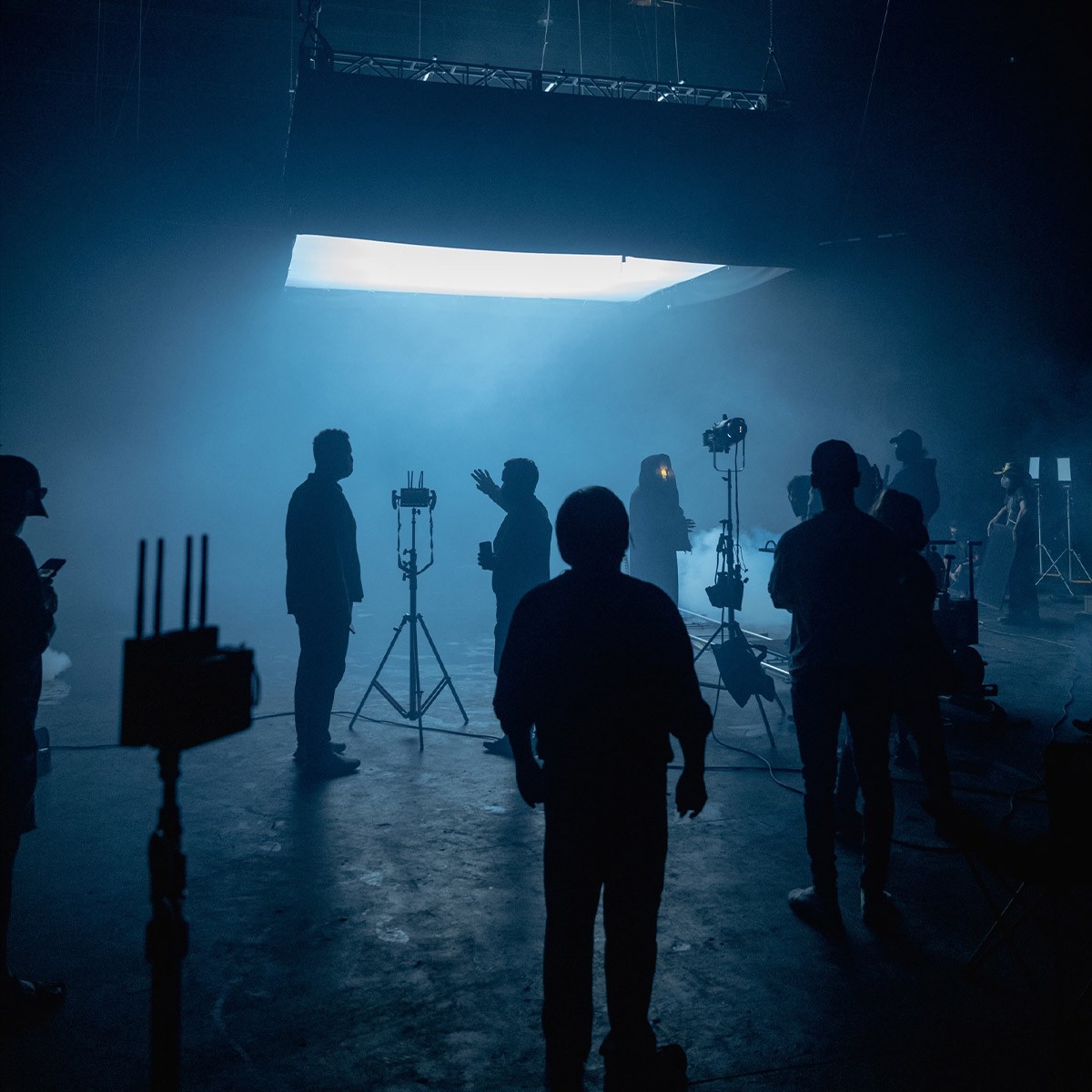Post Production Department
Film Crew Position: Colourist

What does a Colourist do?
A Colourist is an important position within the Post Production Department of a film crew. They play a crucial role in ensuring that the colors and tones of a film are consistent and visually appealing. The Colourist works closely with the director and cinematographer to achieve the desired look and feel of the film. Using specialized software and high-end equipment, they manipulate the color grading and correction to enhance the visual narrative and evoke specific emotions from the audience.
What role does a Colourist play?
The primary role of a Colourist is to enhance the visual aesthetics of a film through color grading and correction. They collaborate with the director and cinematographer to understand their creative vision and translate it onto the screen. The Colourist uses their technical expertise and artistic sensibility to adjust the colors, tones, and contrast of the footage to create a cohesive and visually stunning final product. They work with specialized software and equipment to meticulously fine-tune the color balance, saturation, and brightness of each shot. Additionally, the Colourist may also be responsible for creating visual effects and ensuring consistency across different scenes and shots.
Do you need to go to college to be a Colourist?
Becoming a Colourist typically does not require a specific college degree. However, a strong educational background or experience in fields such as film studies, cinematography, visual arts, or graphic design can be advantageous. Many Colourists gain practical knowledge and skills through internships, apprenticeships, or on-the-job training. It is essential for a Colourist to have a deep understanding of color theory, digital imaging, and video editing software. Continuous learning and staying updated with the latest industry trends and technological advancements are essential for a successful career as a Colourist.
What skills do you need to be a Colourist?
A Colourist must possess a combination of technical and creative skills. They should have a keen eye for detail and an innate sense of aesthetics. Strong color perception and the ability to understand the emotional impact of different color palettes are essential. Proficiency in using industry-standard color grading software, such as DaVinci Resolve or Adobe SpeedGrade, is crucial. Excellent communication skills are necessary to effectively collaborate with the director, cinematographer, and other members of the post-production team. Problem-solving and multitasking abilities are also important, as Colourists often work on multiple projects simultaneously and need to meet strict deadlines. Finally, having a passion for storytelling and a deep understanding of the emotional impact of different color choices are vital for a Colourist to excel in their role.
New to filmmaking?
Get Free Template
Use our budget template to get a kick start on your film project. Get access to dozens of templates no matter what type of project!
